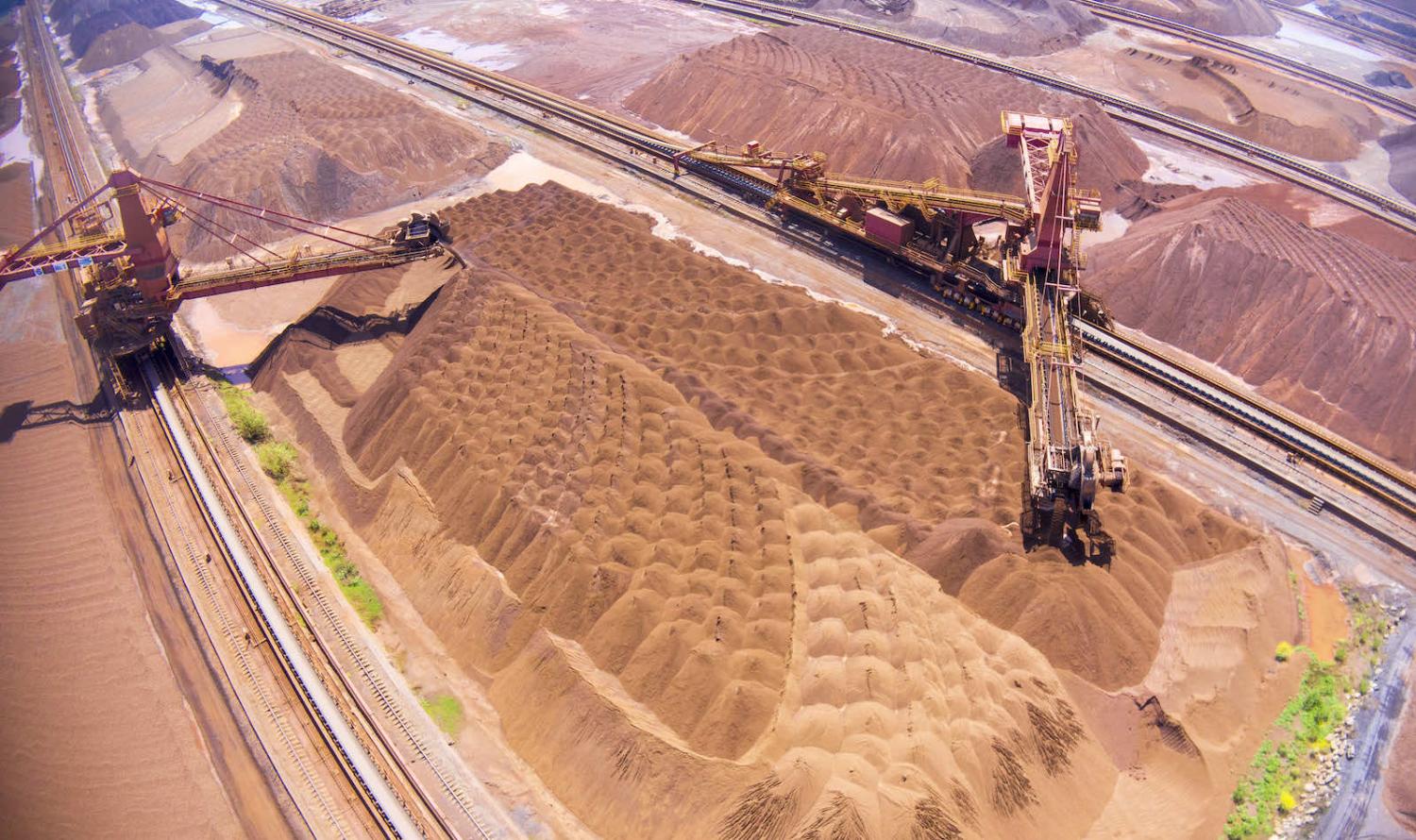With the signing of an interim “free trade” deal with India, and an agreement with the European Union nearing the final stages, Australia has moved closer to the previous government’s target of 90 per cent of trade being covered by bilateral and plurilateral trade agreements. This does not mean that the exports and imports rely on the concessions in the agreements, rather it means that Australia has agreements of one form or another with countries that make up 90 per cent of its exports and imports.
It is difficult to ascertain just how useful these trade agreements have been in promoting trade. Models that purport to estimate the gains from lower tariffs or transaction costs are driven by often heroic assumptions. Econometric analysis of trade flows pre and post agreement find little evidence of impact.
A few big market access achievements aside, it is difficult to find evidence beyond the anecdotal and even business groups have questioned the value. Attribution to particular trade agreements is stymied by the overlapping concessions in many of the agreements, the costs of compliance with rules of origin and other requirements outweighing the value of many a concession, and lack of data on the use of the provisions.
Countries can also continue to protect some of their domestic industries from imports or restrict their exports using policy measures that are exempted from the agreement. Even actions that can be challenged in the World Trade Organisation (WTO), such as safeguards and anti-dumping provisions, also undermine the value of an agreement as they impose costs while disputes are resolved and undermine market confidence, as Australian wine exporters have experienced in relation to China.

The “free trade” in a Free Trade Agreement is a misnomer, and it is generally debatable whether the trade creation benefits of market access outweigh the trade diversion costs in what are more accurately called Preferential Trade Agreements.
I have long suspected that the main value of these agreements has been in the cooperation they engender on the “little stuff” that usually fly under the radar of Ministerial releases and media coverage. Trade facilitation measure, such as mutual recognition of certification processes, simplification of clearance processes, and cooperation on standards lower the cost of trade and promote competition.
The value to a range of professional services from the mutual recognition of qualifications in the recent Australia-India Economic Cooperation and Trade agreement is a case in point, one recognised (and likely overstated as the wording looks like “work towards”) in the media. But agreements can also use the little stuff to exclude other countries, reducing the potential competition in a classic trade diversion approach. This can be through IP sharing and protection arrangements, processes that preclude business from non-parties to the agreement, and provisions that lock in ways of doing business that restrict innovation, such as data sharing protocols.
A good, and relatively safe, place to start is with cooperation on the little stuff – the technology standards, data sharing protocols, recognition of certification, and simplification of trade processes.
As products and services increasingly include elements of digital technology, where data sharing is an essential element, trade agreements that restrict technology and data sharing to only the parties to the agreement will limit its value. This little stuff is becoming more critical to generating the gains from trade. It is also likely to be a major area of contestation between the United States and China.
Multilateral agreements in these areas are key to bringing down the costs of trade in goods and services, boosting competition and the opportunity to scale up that drive productivity growth. As the agenda for bilateral and plurilateral trade agreements reaches a natural end for the Australian government, as trade and financial flows get increasingly weaponised, and as the WTO remains hampered by the failure of the United States to confirm appointments to the Appellant Body, Australia needs to rethink its trade policy.
A good, and relatively safe, place to start is with cooperation on the little stuff – the technology standards, data sharing protocols, recognition of certification, and simplification of trade processes. APEC has working groups that can focus on many of these areas, yet Australia has only limited engagement in many. A more ground up approach, drawing on Australia’s technical expertise in selected areas and supporting the developing countries in advancing their technical capabilities, would lay the foundation for expanding trade through shared standards and certification and understanding of value creation.
It also lays the groundwork for the middle powers to engage more cooperatively in the areas that are going to become more conflicted as the superpowers seek to dominate the digital trade agenda. In addition to continuing to support WTO reform to drive a more collaborative approach to supporting global trade, the Australian government should boost its involvement in APEC as part of any new trade policy agenda.
A product of the Lowy Institute Indo-Pacific Development Centre, with funding support from the Australian Department of Foreign Affairs and Trade.


